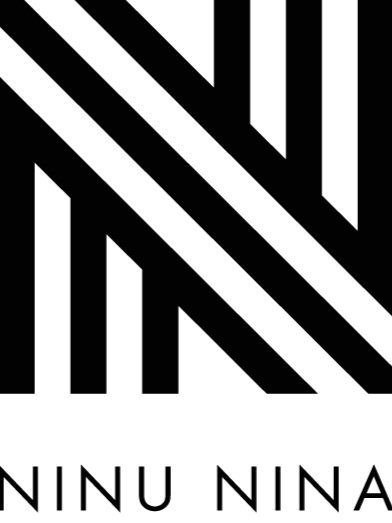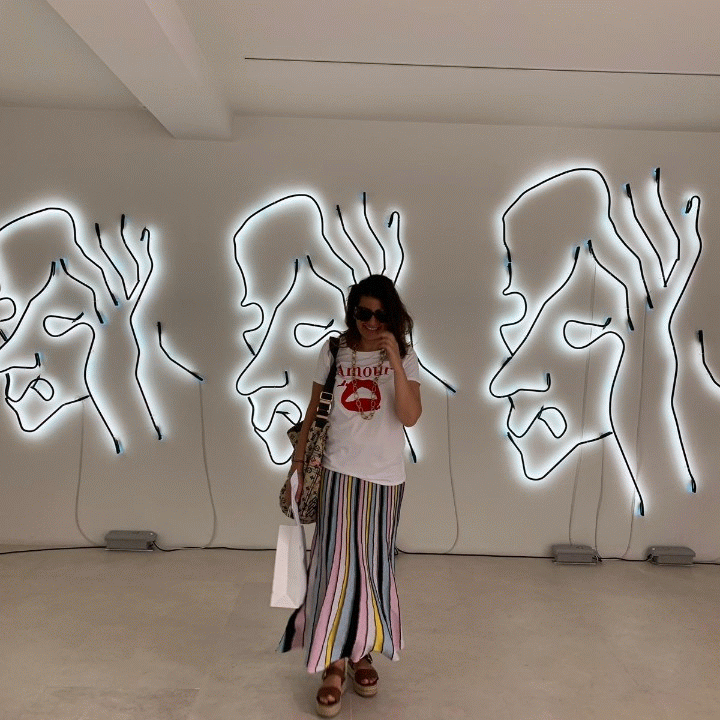INTERLACING NATURE AND ARCHITECTURE SOU FUJIMOTO
Architect Sou Fujimoto has captivated the world with his experimental mostly white steel beam projects. Born in Hokkaido, Japan, in 1971, he studied architecture at the University of Tokyo, then opened his own practice in 2000. Ever since, the trailblazer has been designing everything from London’s 2013 Serpentine Pavilion to residences around the world in his signature minimal style. Inspired by organic structures such as the nest, the cave and the forest, Fujimoto’s signature buildings often discuss the relationship between architecture and the built environment. He views the relationship between architecture and nature as complementary and sees that integrating the two can create a higher quality of design.
His work demonstrates how architectural design does not necessarily need to intervene, but can respect and work with what already exists.
DesignBoom Interview:
I mention this because I saw a recent photo of your ‘house N,’ which you also call ‘box in box in box’, and originally a thin tree was now protruding through the openings of the outer box in quite large volume. when designing your projects, do you count with greenery as with another architectural compositional element, with its varying mass and shape?
Fujimoto: of course, I imagined that the tree would grow bigger and penetrate through the openings of the outer box, but at the same time it is necessary to take care of the tree, because if it gets too dense, it would shade too much. even in Europe, you assume that if you take care of greenery, it gets healthier. when communicating with nature and with the trees, through taking care of it, it become part of our lives, this care of the natural environment makes our lives richer. to participate in the process of nature’s life, in its cycle, must be fantastic.
DesignBoom : so is it more important for you to become close with and take care of the relationship between man and the natural element, as the tree, rather than use a nature as an architectural element?
Fujimoto: it is basically about making human life actively connected with the life of the building and with the life of the natural elements associated with it. I believe that our life is already a part of the architecture and that the architecture is part of our life. the care of architecture and the care of greenery is part of human life. to communicate with them and not be separated from it, that I believe is a beautiful life.







